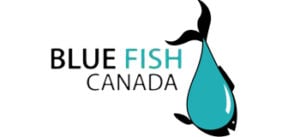Fish health and water quality
An anglers’ guide to water quality monitoring
Water quality, ecosystems, and fish
Freshwater makes up only 3% of the water available on earth, and less than 1% makes up all the freshwater habitats in the world (WWF). These precious environments host 40% of all known fish species, 10% of all known animals, and provide essential resources for humans. Protecting freshwater ecosystems must be a priority to ensure the environment’s health and longevity. After all, fish health and water quality are directly related.
Poor water quality negatively impacts freshwater ecosystems, which rely on stable conditions. Fish populations are particularly vulnerable to changes and contaminants in their environment.

That’s where Blue Fish Canada comes in! Blue Fish Canada is a non-profit organization dedicated to protecting the health and future of Canada’s water and wild fish stocks. Blue Fish’s objectives fall under three categories: freshwater and marine environment restoration, preservation, and conservation; research and policy development activities; and outreach and education.
Founder Lawrence Gunther says he’s a “citizen scientist when [he’s] out on the water…When [he’s] on the water, [his] world expands. There’s no walls. There’s no ceilings.” Building a connection to the environment helps to facilitate environmental stewardship!
Understanding habitat health and impacts on fish species
Recreational fishers benefit greatly from healthy and productive aquatic environments. Recognizing the important part recreational fishing plays in the complex web of fishery management is crucial to resource management. This empowers anglers to fish responsibly and sustainably.
Many different things can impact water quality, including development, road salts, agricultural runoff, algal blooms, forest fires, pollution, climate change, and so on. The combination of multiple stressors can have major ramifications for fish, impacting habitat, food sources, and dissolved oxygen levels.
Not every fish species is affected in the same way by water quality and environmental conditions. Some fish species, primarily invasive species such as invasive Asian carp species and Sea Lamprey, are more tolerant to ecosystem changes. Other freshwater species in the Great Lakes Basin, such as the Redside Dace, Brook and Brown Trout, salmon species, Mottled Sculpin, and Lake whitefishes, are more sensitive to environmental changes (Great Lakes Fishery Commission).
Keystone species (defined as species that are essential to an ecosystem function) are among those impacted by water health. In the Great Lakes, keystone fish species include top predator fish, such as lake trout, lake sturgeon, and northern pike (State of the Bay). Salmon are also a keystone species because of the benefits they provide for other species and the overall health and function of the coast (Pacific Wild). Pacific salmon provide essential nutrients for various migratory birds and their disappearance would mean the decline of many bird species.
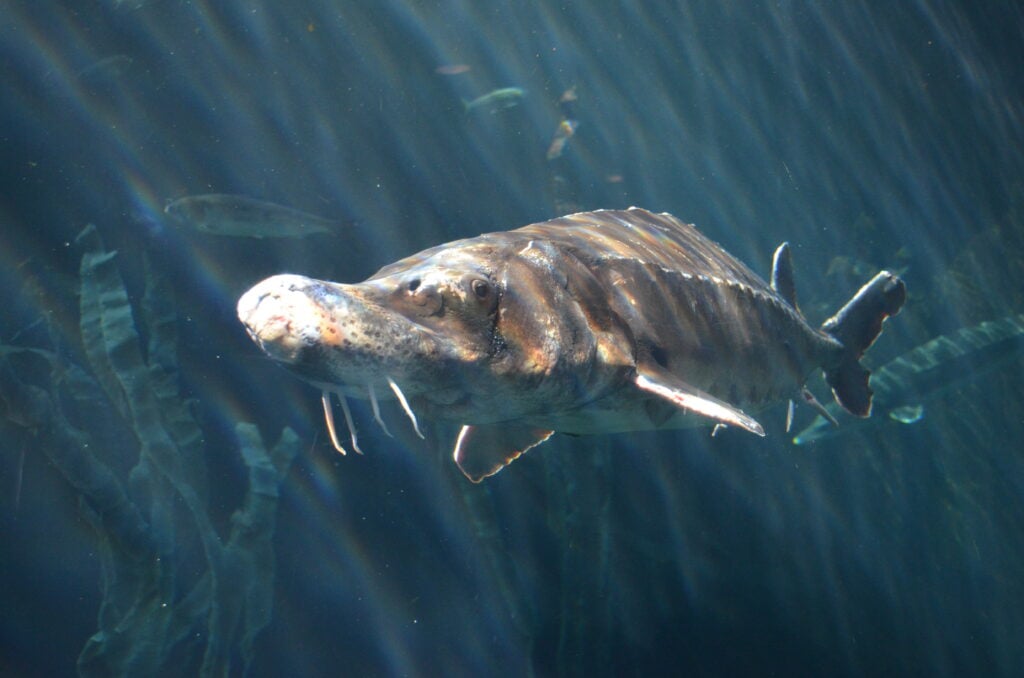
Scientists and anglers are also noticing that some fish species are getting smaller and are trying to find out why. Commercial overfishing , climate change and warming waters are tied to the global phenomenon of smaller fish. Scientists are also investigating what smaller fish mean to resilience against ecosystem disturbances.
Understanding fish health is complex! Assessing water quality is an easy and effective way to indirectly determine the health and well being of fish species. However, water quality testing alone isn’t a measure of fish health. Blue Fish Canada is helping to bring together experts and Indigenous knowledge to develop an understanding of impacts affecting fish. Anglers play a key role in gathering data and making important observations.
Working together to engage anglers in water monitoring
In 2023, Water Rangers received funding from Ottawa’s Community Environmental Projects Grant Program (CEPGP) to work with Blue Fish Canada to adapt water quality testing equipment and guides to engage young anglers in water quality and fish health and habitat. The project’s primary purpose is to grow the youth’s capacity to participate in community-based water monitoring and water stewardship in Ottawa as they learn about sustainable ecosystems and fish.
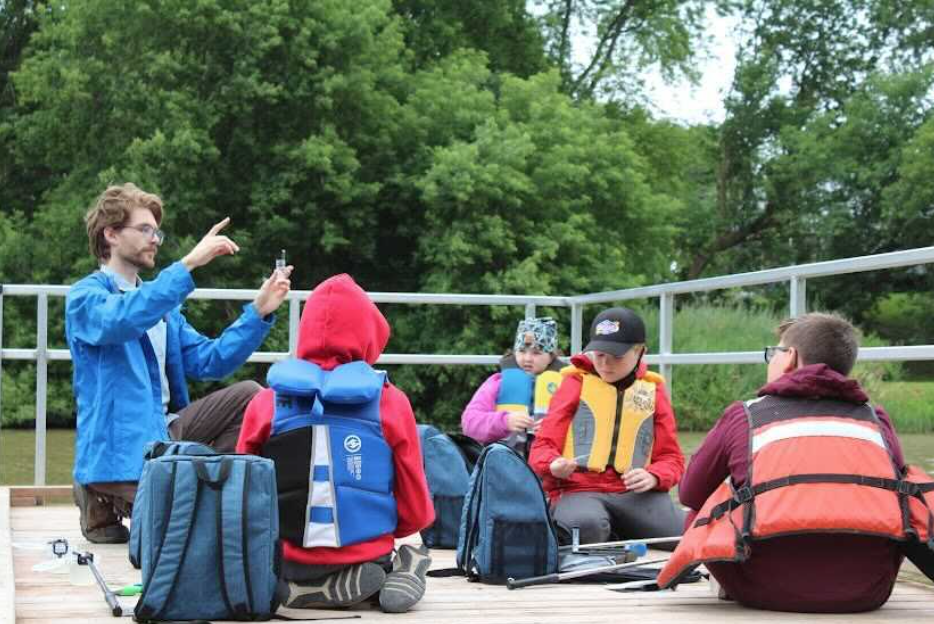
Water Rangers and Blue Fish Canada are working together to support anglers to become better community scientists, with tools to document observations, test water quality in the field, and share the information collected.
Water Rangers is developing a testkit guide that dives into how anglers can help collect important water quality information for their communities and relate their results to fish and fish habitat health. While our initial focus is the Ottawa area, the guide is intended to be usable to anglers in the Great Lakes and St. Lawrence Basin and beyond.
This work incorporates Blue Fish’s existing work on sustainable fishing practices, which has been fact-checked by leading fish biologists and expert anglers. The best practices guide covers everything from sustainable fishing best practices to the best hook choices, along with some fantastic wild fish harvesting tips.
Fish health and water quality: parameters
When it comes to freshwater habitat health, what variables are important to fish? Water flow, spawning habitat, shorelines, and parameters such as water clarity, dissolved oxygen, conductivity, water and air temperature, and pH all help us understand the state of a water body.
Fish are greatly affected by fluctuations in water temperature because their bodies adjust to its temperature (Winter Park Flyfisher). Fish require specific temperatures to mate and reproduce. When a water body experiences a drastic temperature change, it can result in fish leaving the area, reducing the population.
Water temperature can affect pH, conductivity, dissolved oxygen and more! It impacts water’s density and water’s ability to support life and absorb gases (like CO2) and other nutrients. Water temperatures will vary throughout the year and based on the climates samples are taken in.
- Respiration: as the water temperature rises, oxygen is decreased at the same time the metabolism of fish increases, making warmer water less habitable and comfortable for fish. If the water’s temperature reaches critical levels the fish will no longer be able to breathe.
- Reproduction: every species of fish has a certain temperature requirements to reproduce. Cold water fish often breed at low temperatures (Winter Park Flyfisher). Salmon, grayling and trout breed at a few degrees above freezing. On the other hand, warm water fish require much higher temperatures. Drastic changes in temperature can result in fish leaving the area or reducing population sizes.
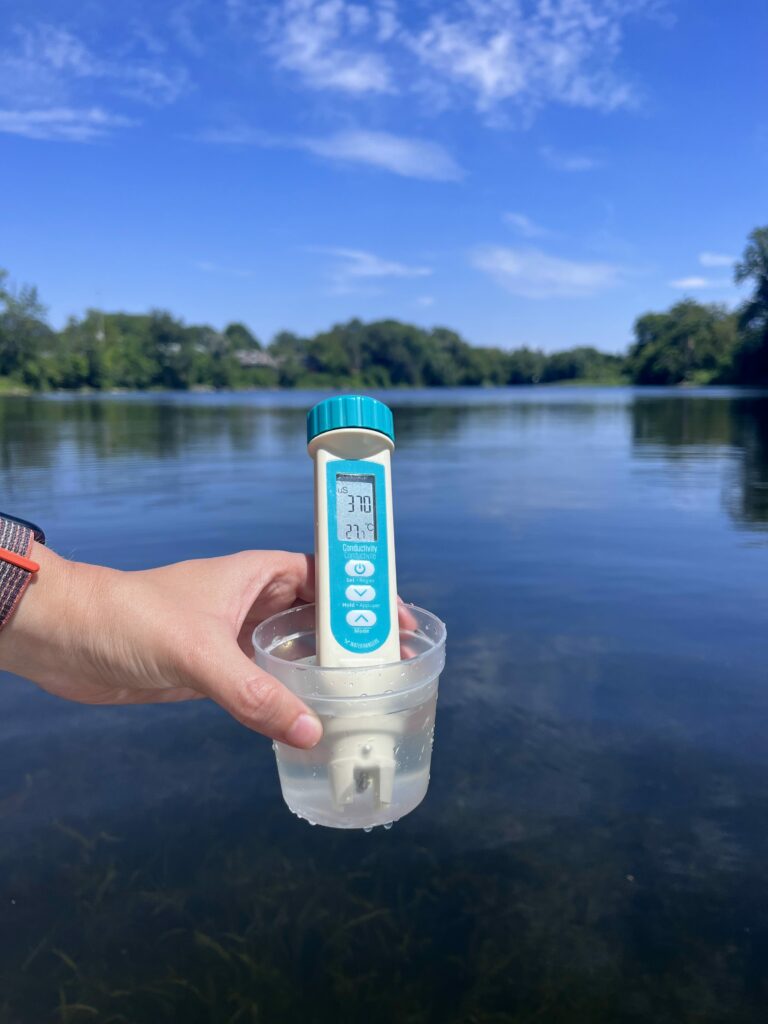
We measure conductivity as an indirect way to determine the levels of chloride and other parameters that conduct electricity. For example, freshwater has increasing chloride levels due to road salt applications. Freshwater fish cannot tolerate high salt concentrations in the water because it prevents them from retaining water in their bodies.
Sometimes a spike in conductivity can be an indication of a pollution event, but this isn’t always the case. Some ecosystems have naturally high conductivity due to their geology, so it’s important to compare results against baseline values before drawing conclusions. Further lab testing is required to confirm pollution sources.
Some common values:
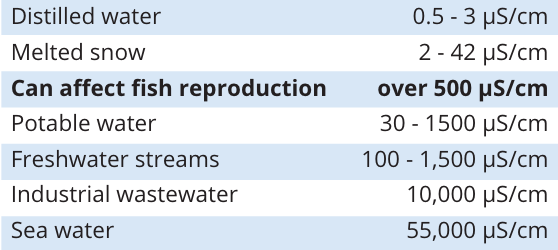
If conductivity is over 500 μS/cm it can begin to affect fish reproduction. Higher conductivity means more dissolved solids which can have toxic effects on fish and fish eggs (Frondriest Environmental Learning Centre). Salmon, pike, and perch have all shown a reduction in hatching and egg survival rates when conductivity is high.
pH:
Warmer water can take in more atmospheric carbon dioxide. As a result, our water bodies are becoming more acidic. Fish are sensitive to changes in pH because of the way it alters aspects of water’s chemistry, such as how easily nutrients are available and how easily things like heavy metals can dissolve. Low pH can reduce how many fish eggs hatch and make life difficult for fish and macroinvertebrates (the small ‘bugs’ in the water that feed fish and other creatures).
Most rivers and lakes range between 5 (acidic) to 9 (basic), depending on several factors, like geology. Very high and very low levels of pH are not suitable for most aquatic organisms. Young fish are extremely sensitive to low levels of pH, with levels below 5 being lethal (YokoGawa). High levels of pH (9-14) can harm the cellular membranes of fish, resulting in fish kills.

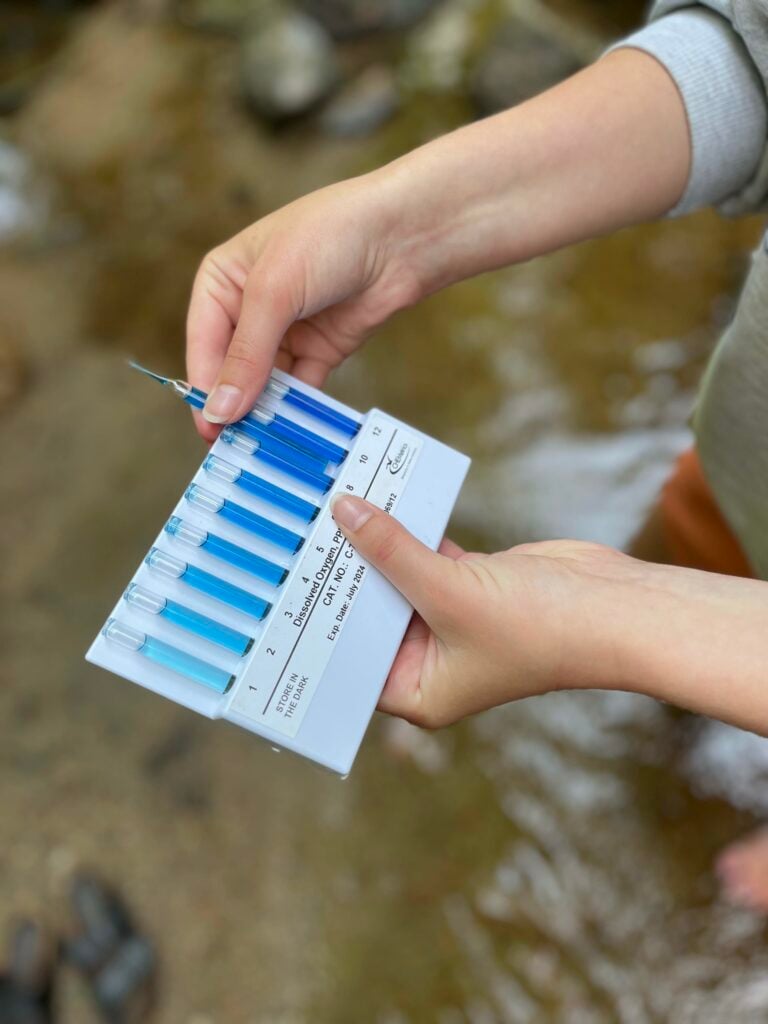
Low oxygen levels can kill fish because fish require different concentrations of O2 to breathe. Low levels are typically a result of harmful algal blooms and plants’ overgrowth due to excess nitrogen and phosphorous levels. If fish ingest the toxic algae, it can accumulate in their body and be passed on to other fish, animals, or the humans that eat them.
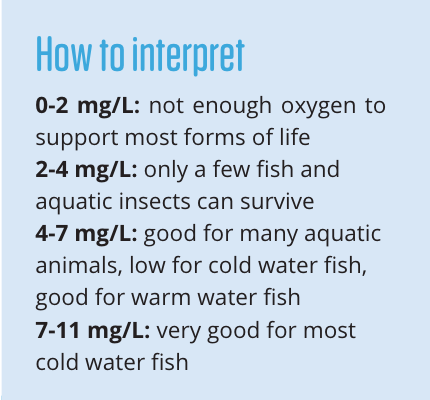
Dissolved oxygen (DO) concentrations vary with the seasons, water depth, and location. Oxygen gets into water in various ways, including through the air, by rapidly moving water, or as a product of photosynthesis. Colder water holds more O2 than warmer water. Low levels could indicate the presence of more plants and animals, plant die-off, or pollution
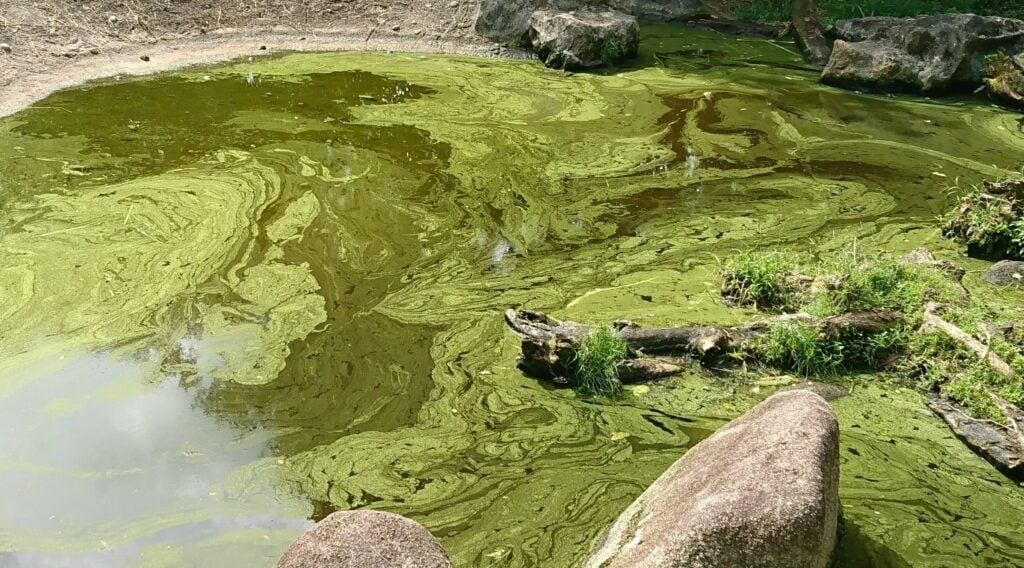
Blue Fish Canada’s Fish School
Anglers intimately observe waterways. They are often the first to notice changes in smells, evidence of contamination, and the health of the fish!
Blue Fish Canada taps into anglers’ existing connection with water through their “Get Ready for Fishing” youth programs and their brand new Blue Fish Exploration Centre! They focus on teaching sustainable fishing through programs that provide opportunities for youth to get on the water, learn about fish and their environment, explore shorelines, and reconnect with nature.
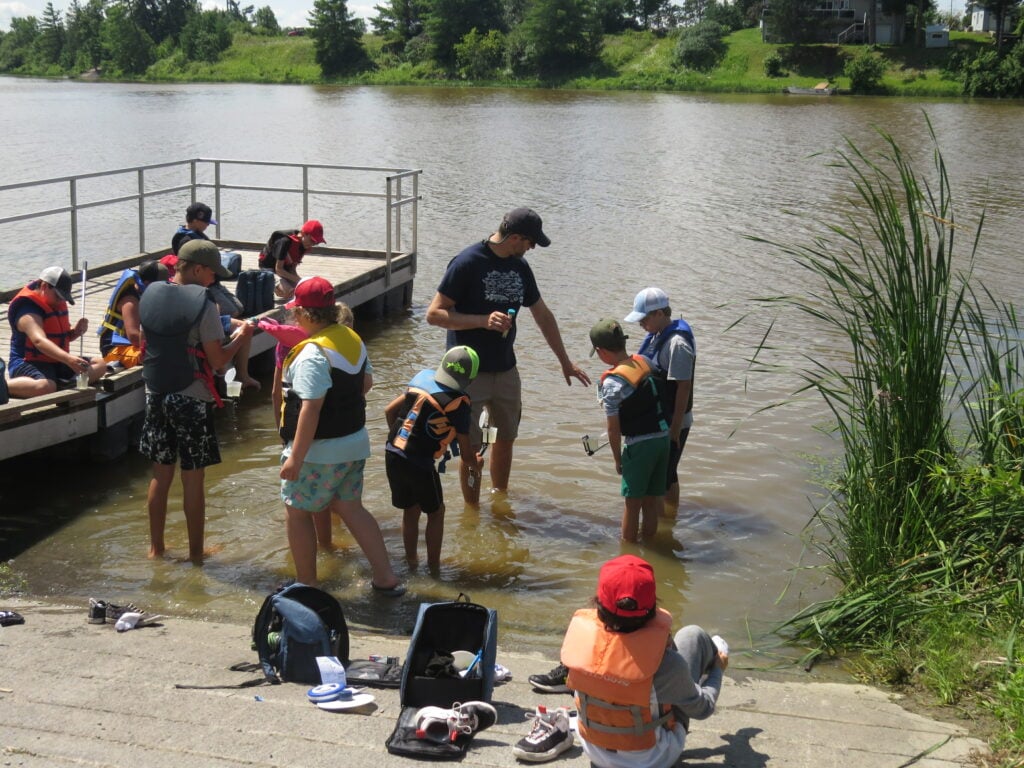
By educating future generations, Blue Fish Canada provides hands-on experience to increase awareness about restoring and protecting freshwater and marine environments. These programs teach youth how to identify different fish, sustainable harvesting guidelines, and catch-and-release best practices.
Blue Fish Canada’s fish school now incorporates water monitoring into its programs! Water Rangers provides freshwater testkits and other tools for young people participating in these programs to learn about the importance of water monitoring.
This is just one of many examples of anglers taking action! Anglers are out on the water, constantly making observations. With the ability to distinguish small changes in the environment, anglers can make a positive impact on ecosystem health!
Watch our Ripple Effect video with Lawrence Gunther below.

